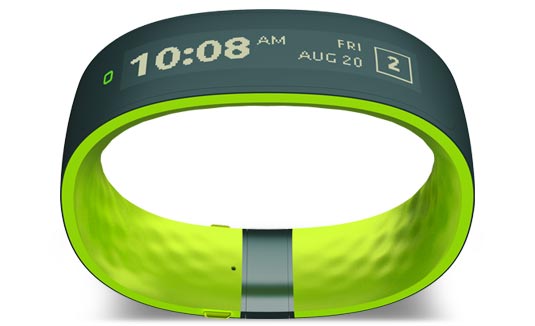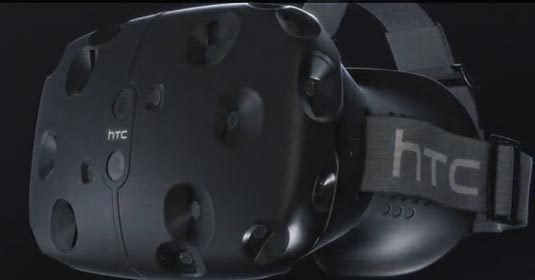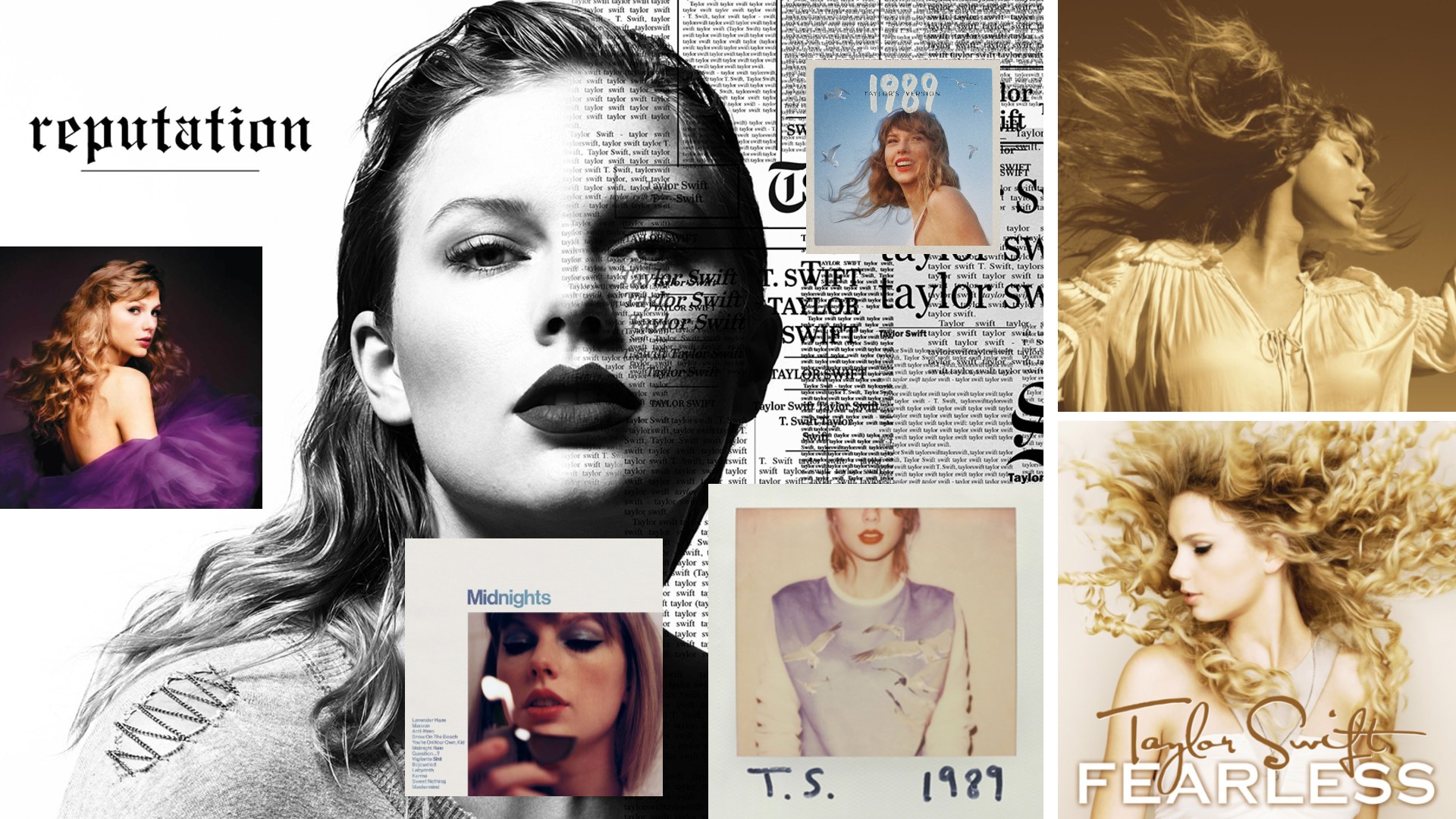When head of design, Drew Bamford, joined HTC in 2006, the Asian mobile phone company had problems. "HTC had incredible engineering resources but didn't know how to transform itself into a global consumer brand," he explains. "The missing ingredient was really design."
His team set out to transform the company by creating "a strong industrial design identity," he says. And it clearly worked: by 2011 they were being listed as one of Interbrand's top 100 brands.
Now, in 2015, things are changing again, with HTC making a big push into wearables and VR.
"We are in transition to a third act, which is from a smartphone brand into a personal technology and experience brand," he says. "So we're broadening our portfolio and it's an exciting time to be a designer at HTC at the moment."
But with every other company trying to own these new technologies, what exactly is HTC doing differently?
Wearables
First, wearables. "In this space, unlike much of the industry, we've really chosen to focus on solving problems rather than making a general purpose wearables device," Bamford believes. "And that's why we're working very closely with Under Armour to make products that solve specific problems around fitness and health.
"We want to ensure that the products we release actually comprise an end-to-end experience or solution to the problem of how do you get fit or more healthy." But he admits that's difficult goal to achieve.

"There are a lot of wearables that collect data," he explains, "but there are not a lot of wearable systems that actually give recommendations or useful analysis of that data.
"That's where Under Armour comes in. It has a strong offering on the server side that will ingest all the data from our products and help people make sense of the data and make useful recommendations to people on how to improve."
Virtual reality
If making wearables work is a challenge, virtual reality poses an even greater one, Bamford says.
"We're so early with VR technology that it's not totally clear what the killer apps are. I think it's obvious that gaming will comprise most of the early adopters. But beyond that there are so many possibilities – but it's not exactly clear what the greatest hits will be yet."

He's personally excited about some of the work going on in Hollywood about next-generation film experiences: non-linear film that you can immerse yourself in.
"There are also many practical applications from education, teaching people about complex environments using 3D styles, to architecture, real-estate, online shopping – you can imagine going to IKEA and picking out furniture, seeing what it looks like in your home environment."
Need for focus
But such an array of options is a problem in itself. "A huge part of design is the discipline to have a strong point of view and maintain focus. There are always opportunities to add features and add content to your system. But it's really that restraint that separates the best design from just average design. It's very easy to add but very difficult to take away."
In fact, HTC is constantly battling internally about where to focus their efforts, he reveals. "We want to make sure what we're doing has maximum impact for our customers. So we spend a lot of time trying to learn about our customers and identify their critical needs and desires."
Design opportunity
That said, VR is a huge opportunity for new designers, Bamford believes, because it's such a new medium. "This is the time when new patterns will emerge about how to interact in virtual spaces, just as they did for PCs in the 1980s or smartphones in the early 2000s," he believes.
And it seems he's not the only one who thinks so, either. Since HTC announced its VR project, it's had a flood of resumes. "It's been the best recruiting tool I've had in my entire history at HTC," Bamford smiles.
"We're super-excited that people are so enthusiastic about this new space and want to get on it at the beginning. So we're certainly hiring designers, and especially designers who have any kind of 3D or game background, which is quite applicable to VR experiences."
Like this? Read these!
- 4 great reasons to animate for virtual reality
- Discover the best blogging platform
- Download these free iPhone apps for designers

Thank you for reading 5 articles this month* Join now for unlimited access
Enjoy your first month for just £1 / $1 / €1
*Read 5 free articles per month without a subscription

Join now for unlimited access
Try first month for just £1 / $1 / €1
Get the Creative Bloq Newsletter
Daily design news, reviews, how-tos and more, as picked by the editors.

Tom May is an award-winning journalist and author specialising in design, photography and technology. His latest book, The 50th Greatest Designers, was released in June 2025. He's also author of the Amazon #1 bestseller Great TED Talks: Creativity, published by Pavilion Books, Tom was previously editor of Professional Photography magazine, associate editor at Creative Bloq, and deputy editor at net magazine.
